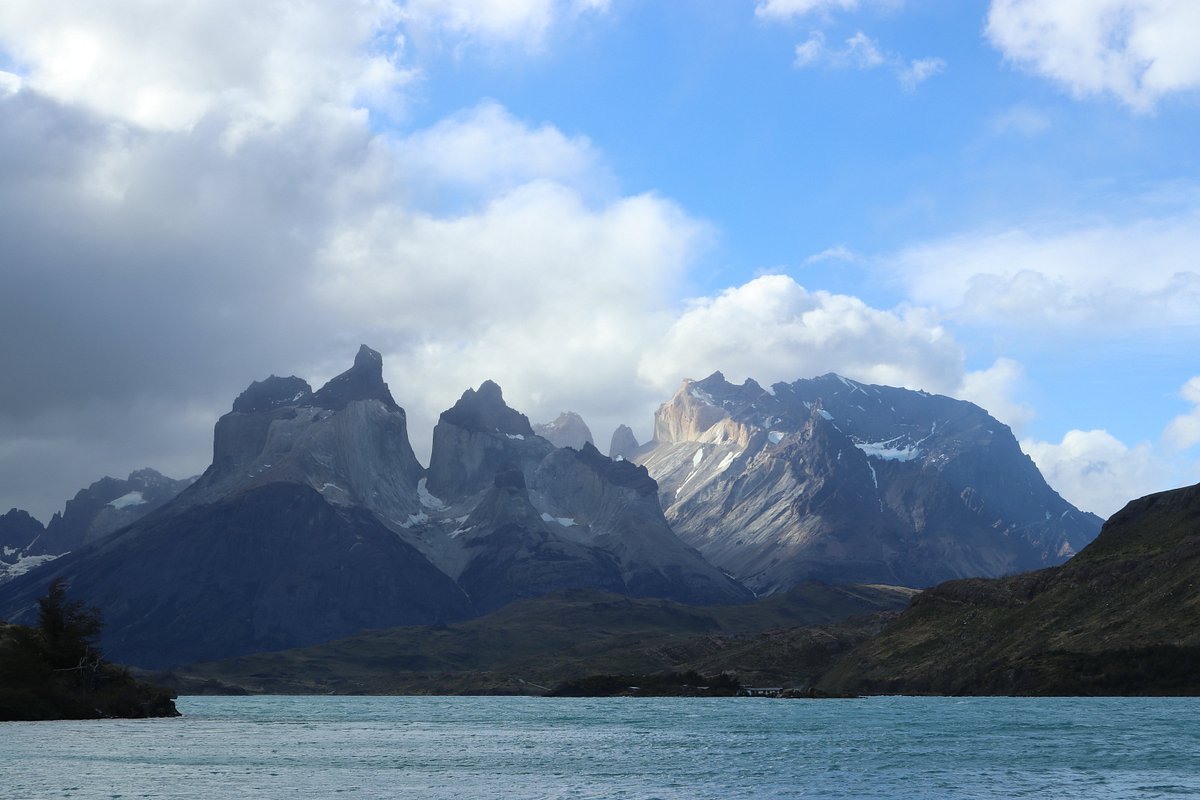Why are Cordillera Paine Mountains So Prominent?
Unveiling Nature's Masterpiece: The Magnificent Legacy of Cordillera Paine Mountains
Cordillera Paine Mountains

Nestled within the pristine wilderness of Torres del Paine National Park in Chilean Patagonia, the Cordillera Paine Mountains stand as a striking symbol of nature’s grandeur. With their rugged peaks, towering glaciers, and azure lakes, these majestic mountains have captured the imagination of adventurers and nature enthusiasts alike. But what makes the Cordillera Paine Mountains so prominent? Join me as we embark on a journey to unravel the geological, geographical, and ecological factors that contribute to their prominence.
Geological Formation:
To understand the prominence of the Cordillera Paine Mountains, we must first delve into their geological history. The mountains are part of the Andes mountain range, which extends along the western coast of South America. The Andes were formed through the collision of tectonic plates, specifically the South American Plate and the Nazca Plate, over millions of years.
The Cordillera Paine Mountains, like much of the Andes, are characterized by complex geological processes, including volcanic activity, uplift, and erosion. The region’s geological diversity is evident in its varied rock formations, which range from ancient granite to younger sedimentary rocks.
One of the most striking features of the Cordillera Paine Mountains is their dramatic peaks, which were sculpted by glacial erosion during the last ice age. Glaciers carved deep valleys and sharp ridges into the landscape, leaving behind the jagged peaks and U-shaped valleys that we see today.
Geographical Significance:
In addition to their geological history, the Cordillera Paine Mountains owe their prominence to their geographical location and elevation. Situated in the heart of Torres del Paine National Park, the mountains rise abruptly from the surrounding plains, creating a dramatic contrast between the rugged peaks and the expansive Patagonian steppe. Just as we know Why are Cordillera del Cóndor Mountains So Prominent?
The highest peak in the Cordillera Paine Mountains is Cerro Paine Grande, which towers over the landscape at an elevation of 2,884 meters (9,462 feet). Other notable peaks include Cuernos del Paine, Torres del Paine, and Cerro Almirante Nieto, each contributing to the mountains’ commanding presence.
The mountains’ proximity to the Southern Patagonian Ice Field, one of the largest ice fields outside of Antarctica and Greenland, further adds to their prominence. The ice field feeds numerous glaciers that flow down from the mountains, creating spectacular ice formations and contributing to the region’s unique landscape.
Ecological Diversity:
Beyond their geological and geographical significance, the Cordillera Paine Mountains are renowned for their ecological diversity. The mountains are home to a wide range of plant and animal species, adapted to the harsh and unforgiving conditions of the Patagonian wilderness.
From hardy shrubs and grasses to towering lenga and coihue forests, the vegetation of the Cordillera Paine reflects the region’s diverse microclimates and ecosystems. These ecosystems support a variety of wildlife, including guanacos, foxes, pumas, and a myriad of bird species.
The pristine lakes and rivers that dot the landscape provide vital habitat for aquatic species, while the glaciers and snowfields supply freshwater to the surrounding ecosystems. Together, these ecological factors contribute to the mountains’ prominence as a hotspot of biodiversity and natural beauty.
Cultural and Recreational Importance:
In addition to their geological, geographical, and ecological significance, the Cordillera Paine Mountains hold cultural and recreational importance for both local communities and visitors from around the world. The mountains have long been revered by indigenous peoples, who consider them sacred and imbue them with cultural significance.
For modern-day adventurers, the Cordillera Paine offer a wide range of recreational opportunities, including hiking, climbing, trekking, and wildlife watching. Torres del Paine National Park, where the mountains are located, is one of the most popular outdoor destinations in South America, attracting thousands of visitors each year.
Conclusion:
In conclusion, the prominence of the Cordillera Paine Mountains is a testament to their geological, geographical, ecological, and cultural significance. From their dramatic peaks and glacial valleys to their rich biodiversity and cultural heritage, the mountains captivate the hearts and minds of all who behold them. As we continue to explore and appreciate the wonders of the Cordillera Paine, let us remember the importance of preserving and protecting these natural treasures for future generations to enjoy.
Know More about Cordillera Paine Mountains.
What Are The Tourist Places Nearest to Cordillera Paine Mountains?
When Were Cordillera Paine Mountains Formed?
Where Are Cordillera Paine Mountains Located?
Who Discovered Cordillera Paine Mountains?
How to Reach Cordillera Paine Mountains?




